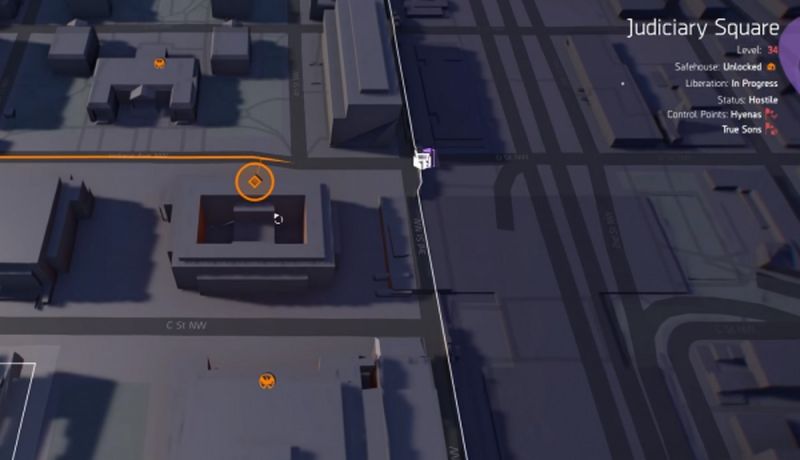
The lowest and highest volume settings are announced by a short double tone in the headset. Some distortion of external audio can be induced, but typically only when the external device is ‘cranked up’, something that the Chatterbox unit has little control over.Įven at freeway speeds with high ambient noise levels the intercom was still viable, without having to crank the volume to its maximum setting. Volume: Only on the highest audio setting can a trace of distortion be heard, usually during Intercom use and some of this can be traced to the active feedback loop in the system. Music from higher powered and high quality peripheral devices that users typically carry today is faithfully reproduced – we have zing. The headset does not have the absolute fidelity of higher priced systems, but compared to the other brands on hand these are near the top. The unit will switch itself off once the minimum voltage level is reached.Īudio Quality: In general: very good. Once charged, the adapter LED changes to Green and the module LED goes out.īattery level status can be ascertained visually by using the Power button to activate a status sequence, or more directly by the alarm beeps that will sound in the headset once voltage drops below a certain level. When charging, the small LED on the adapter glows Red and the module LED is a steady Blue. The first unit took 2.5 hours and the second unit close to three hours. The battery recharges in less than three hours.

But outside of slightly lower audio levels and increased noise, communications could still be maintained at 100 to 250m – impressive. Outside of ambient noise levels, two other things will cause the link to become noisy: when distance, power levels and environmental conditions become dominant factors and, when the interleaved audio from the higher priority (GPS) device is present – more on that later…īattery Life: We purposefully ran with the Intercom for over 30 minutes once the low battery warning sounded on both modules. Once activated by a quick push of the Intercom button, the duplex link remains ‘on’, so very little of any conversation session is lost unless ambient noise levels are very high.Īccordingly and without an active automatic gain control (AGC) function working in the background, volume levels need to be adjusted from time to time. Rider-to-Rider: Communications out to 450 to 500 metres was the norm – about what should be possible for a good Class One (100mW) system.

This type of performance has been typical for the systems on a daily basis – pretty good I would say.
#CHATTERBOX DIVISION 2 500 FULL#
Intercom Mode: The first day of full use went without a hitch and only after over six hours of almost constant intercom use did the systems initiate their low power warning tones in the background. From a safety point of view however, the essentials work just fine. The smallish pressure buttons are easy to find and use, with a solid feel and positive feedback when pushed.īasic phone control is provided, although not all the features of the HTC Touch can be utilized from the XBi2, a bit of a shortfall when compared to other multi-function headsets. This section describes user impressions of the Chatterbox XBi2 system using the system a summary of the features the “ Bottom Line Ratings“ and the conclusion.Ĭontrols: Having five separate controls: On/Off, Mode and Intercom, along with Volume Up and Volume Down, seems like one or two too many.īut after a few minutes of use, the concern proves to be unfounded.


 0 kommentar(er)
0 kommentar(er)
